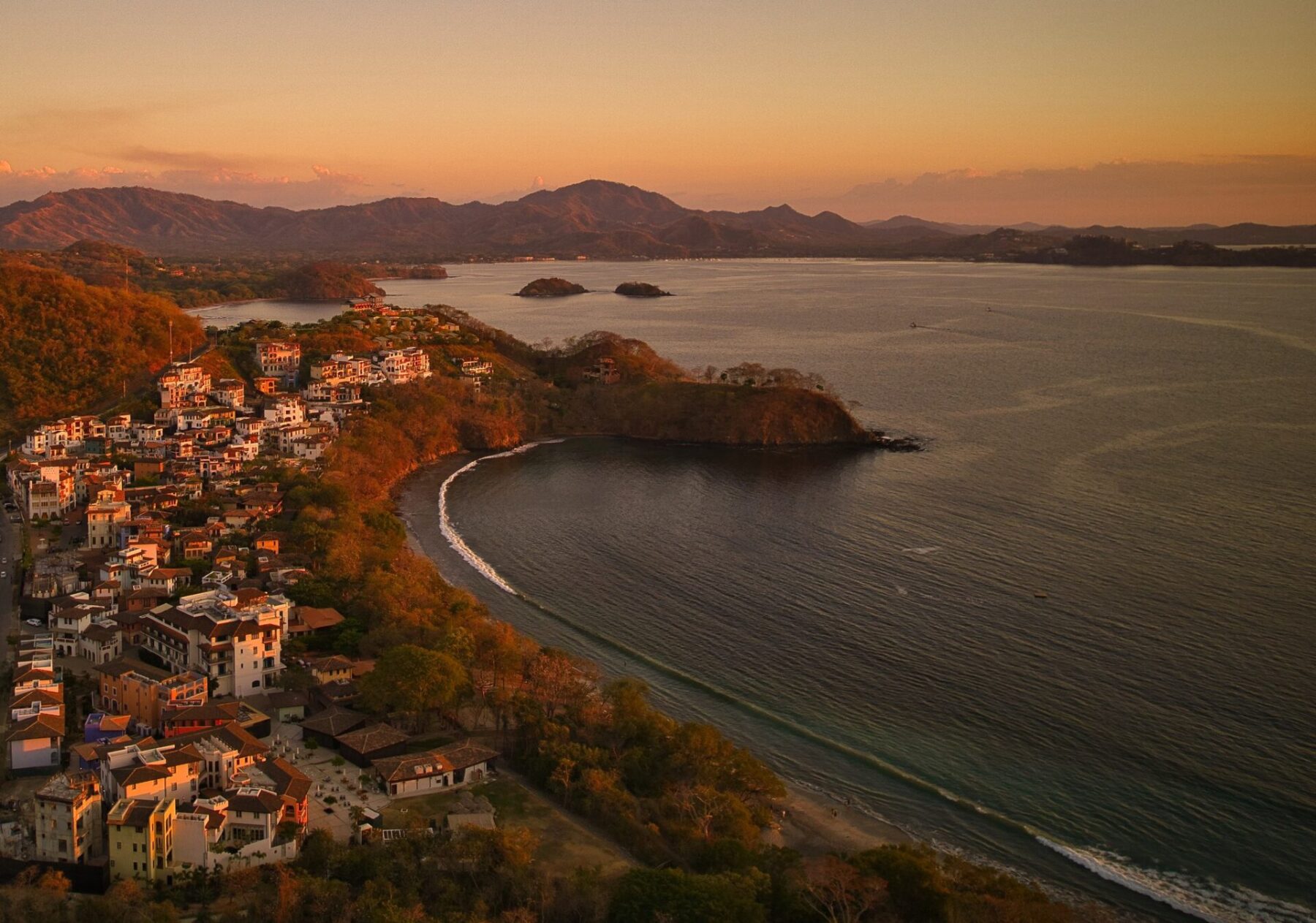GUANACASTE, COSTA RICA, July 25, 2022 — New Urbanism began in the early 1980’s and is considered one of the most important planning movements of this century. Focusing on creating a better way of life, the New Urbanist philosophy centers on building walkable blocks and streets, housing and shopping in close proximity, and accessible public spaces and parks to encourage livability, environmental sustainability, and innovation. As the world grapples with climate change across continents, New Urbanism builds more efficient towns while lowering carbon emissions and reducing carbon footprint.
A country comprised of a biologically intense landscape, Costa Rica’s 28 national parks and protected areas are the home of more than six percent of the planet’s biodiversity. Located in the northwestern province of Costa Rica, the seaside, car-free, New Urbanism town of Las Catalinas is positioned in a tropical dry forest ecosystem in Guanacaste, offering an ecologically sustainable lifestyle that is influenced by the natural surroundings. The town’s commitment to the environment is one of the core values of this New Urbanist town.
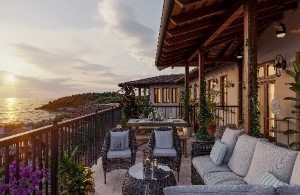
Referred to as one of the most important and beautiful new towns in the world by renowned Notre Dame School of Architecture Professor Douglas Duany, Las Catalinas announces its newest residential neighborhood. Located just east of Beach Town, Lantana Residences is a collection of ocean view homes and flats built into the hillside. Surrounded by 1000 acres of preserved tropical dry forest, Lantana is ideal for outdoor enthusiasts with its easy access and proximity to world-class mountain biking and hiking trails.
Set to begin construction in the second quarter of 2023, Lantana Residences are located on the hillside of El Prado, the second real estate development of Las Catalinas. The residences flank a picturesque stair street and offer the most dramatic urban and ocean views in Las Catalinas. The residences are slated for completion in July 2025. Ranging from one to four bedrooms, Lantana Residences offer dramatic views, plentiful outdoor spaces, crafted interior finishes with spectacular architecture. Slanted rooftops, thick walls, high ceilings, clever ventilation, and other structural considerations provide respite from the outdoor elements in the Guanacaste tropical dry forest. Indoor and outdoor living spaces, pools, and outdoor terraces embrace the climate and allow for comfortable indoor and outdoor living. Wood and other materials used are from sustainable sources and all buildings are designed to be energy efficient.
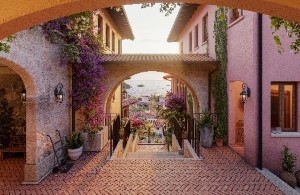
Since its inception, Las Catalinas has been influenced by the New Urbanism movement of building highly walkable neighborhoods, towns, and cities. More on Las Catalinas’ design philosophy here. The crowning jewel of the Lantana neighborhood is its stair-street architecture modeling pedestrian Mediterranean hill towns of the Old World. Not only are stair streets visually stunning, but they link people, places, and conversations together, providing an intricate tapestry that weaves lives together. Utilizing its intense sloping topography, Arosemena & Way Arquitectos designed the stair streets of Lantana to create a way for visitors and residents to explore the neighborhood from the shops, plazas, parks, and streets of lower levels of El Prado to the higher vistas, residences, and trail heads of the upper neighborhoods of El Prado. Highly visible from nearly all areas of town while offering a panoramic ocean and town view, the stair streets of Lantana enhance the pedestrian experience which is the cornerstone of Las Catalinas in encouraging interaction and engagement among residents and visitors.
“We combine a conscientious and high-minded perspective towards the act of creating and inhabiting a human habitat with artistic and technical talent in order to produce a place that is beautiful, functional and will last for generations,” says Ricardo Arosemena of Arosemena & Way Arquitectos.
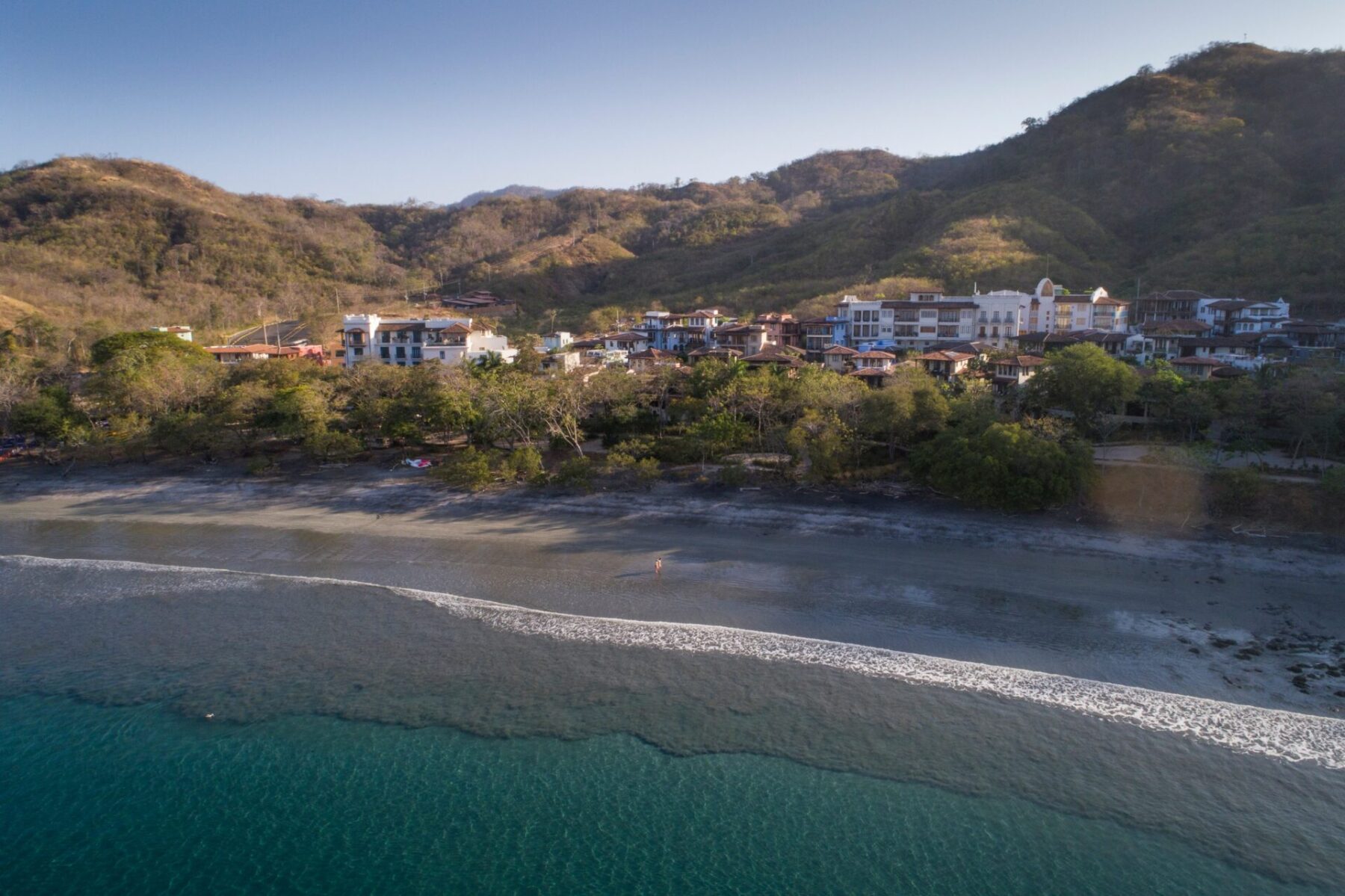
Other examples of stair streets around the world include Rue Ronsard and Foyatier (Montmartre, Paris), Lyon Street Steps and Vallejo Street Steps (San Francisco), Cleveland Cascade (Oakland), Pinehurst Ave and West 215th Street Stairs (Inwood, New York City), Ladder Street, Gough Street, and Shin Hing Street, (Hong Kong), Escalinata de Padre Pico (Santiago de Cuba), Calle de la Amargura, and San Blas (Cusco, Peru), Garbatella, San Saba (Rome), and Riomaggior and Monterosso (Cinque Terre).
The Lantana neighborhood will feature nine buildings and an intricate array of plazas, parks, and community pool. Residences offer a variety of floorplans ranging from 484 square feet to 3,843 square feet. For more information, email sales@lascatalinascr.com or 1-866-357-3872 or visit www.lantanaresidences.com.
About Las Catalinas, www.lascatalinascr.com
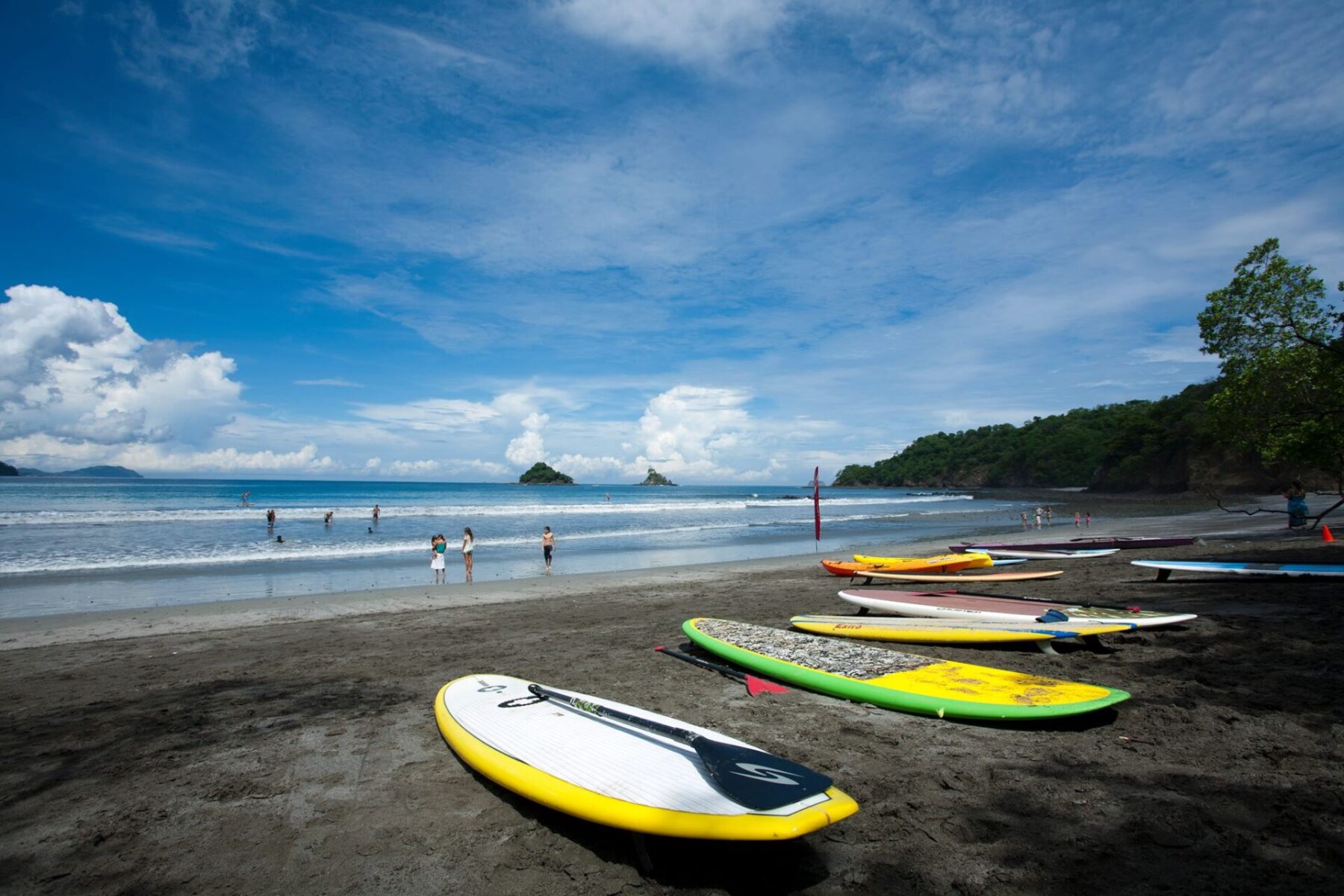
The conscious town of Las Catalinas is Costa Rica’s newest desirable beach town, currently with 142 homes complete and 150 full-time residents. Inspired by New Urbanist philosophy, the car-free, highly walkable town will include several inns and intimate hotels, shops, restaurants, retail, day spas, pedestrian streets, parks, plazas, and recreational facilities, all located between two of Costa Rica’s loveliest Pacific beaches and 1,000 acres of protected tropical dry forest, which are interlaced with extensive hiking and biking trails. Within the town, the walkable public spaces are interwoven with nature, and the architecture emphasizes indoor-outdoor living and scenic views. Cars are refreshingly absent. Founder Charles Brewer’s core values and beliefs include environmental stewardship, connection to one another and to the rhythms of nature, promotion of wellness, and an emphatic preference for quality of life over quantity of material possessions, understanding that the “good life” is not about material possessions but about human connections, good health, and ecological sustainability.

